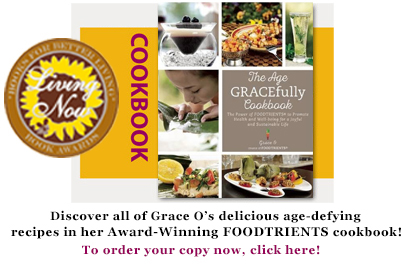How Do Antioxidants Work in the Body?

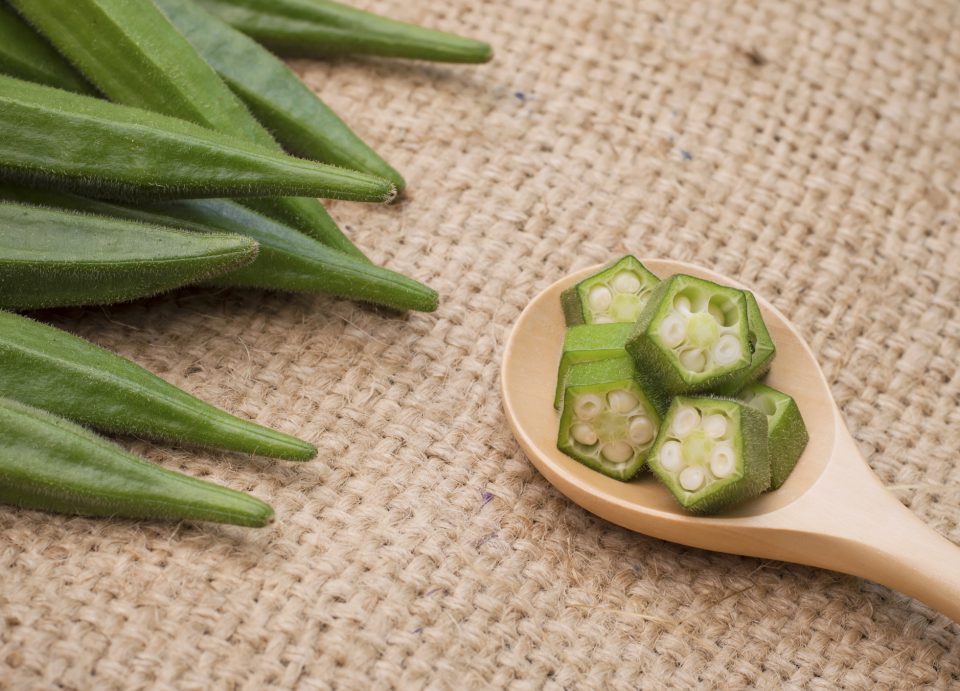
Your mother was right when she insisted you eat all your vegetables at dinnertime before moving on to dessert. Virtually every fruit and vegetable contains antioxidants. Fresh fruits, vegetables, nuts, and beans are so good for our bodies, because they contain a host of antioxidants that can be broken down into multiple categories. I thought it would be helpful to highlight a few of those subcategories here.
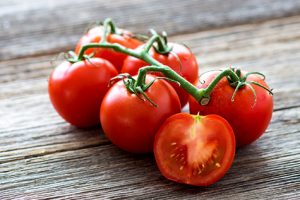 Lycopene – found in tomatoes, lycopene is more bioavailable when cooked, which is why so many nutritionists recommend tomato paste or tomato sauce.
Lycopene – found in tomatoes, lycopene is more bioavailable when cooked, which is why so many nutritionists recommend tomato paste or tomato sauce.
 Polyphenols -There are thousands of phenolic compounds in food including:
Polyphenols -There are thousands of phenolic compounds in food including:
- anthocyanins (also called anthocyanidins) are present in red and blue foods like berries, eggplant, red cabbage, and pomegranates;
- catechins can be found in green tea;
- flavonoids like resveratrol are found in grape skins, cranberries, dark chocolate, and parsley; and
- quercitin is naturally present in onions and apples.
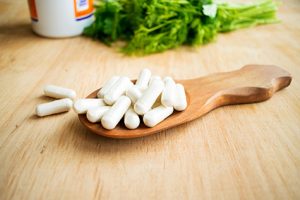 Vitamins – Plenty of vitamins act as antioxidants, because they remove dangerous oxidizing free-radicals from our systems.
Vitamins – Plenty of vitamins act as antioxidants, because they remove dangerous oxidizing free-radicals from our systems.
- beta-carotene (while not a vitamin itself, our bodies use it to make vitamin A) is present in orange and yellow fruits and vegetables like carrots, mangoes, papaya, and pumpkins;
- vitamin C is found in citrus fruits, melons, chiles, berries, tomatoes, and dark green vegetables; and
- vitamin E comes from nuts, whole grains, and sesame seeds.
Dr. Nicholas Perricone is a big fan of brightly colored fruits and vegetables because, as he states in his book Forever Young, “Colorful fruits and vegetables serve as the top dietary sources of disease-preventive phytonutrients and antiaging antioxidants.”
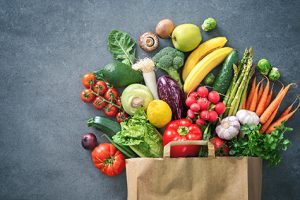 But why is this good for us? Because those phytonutrients are “powerful antioxidants that control and disarm the reactive oxygen species (also known as free radicals) that can damage cells, causing illness and aging,” according to Bharat B. Aggarwal, Ph.D. in his book Healing Spices.
But why is this good for us? Because those phytonutrients are “powerful antioxidants that control and disarm the reactive oxygen species (also known as free radicals) that can damage cells, causing illness and aging,” according to Bharat B. Aggarwal, Ph.D. in his book Healing Spices.
Jessica Chen from the Tao of Wellness Magazine describes free radicals this way: “Free radicals have been identified as a major cause of the loss of cognitive function associated with aging. Our brains are bombarded daily with free radicals from polluted air, unhealthy food, and lifestyle. They cause a low-grade inflammation, which damages normal cell structure and function.”
The Harvard School of Public Health Nutrition Source website explains the harm free radicals can cause and how antioxidants help defend against it. “Free radical damage can change the instructions coded in a strand of DNA. It can make a circulating low-density lipoprotein (LDL, sometimes called bad cholesterol) molecule more likely to get trapped in an artery wall. Or it can alter a cell’s membrane, changing the flow of what enters the cell and what leaves it.
“We aren’t defenseless against free radicals. The body, long used to this relentless attack, makes scads of molecules that quench free radicals as surely as water douses fire. We also extract free-radical fighters from food. These defenders are often lumped together as “antioxidants.” They work by generously giving electrons to free radicals without turning into electron-scavenging substances themselves.”
Dr. Mark Rosenberg writes about the many different antioxidants you need for optimum health. He lists the specific ways antioxidants can promote health like strengthening the immune system, decreasing inflammation, aiding blood circulation, and boosting healthy cell growth.
The benefit of antioxidants found in food is much greater than the benefit from taking nutritional supplements, so I try to make sure that I’m getting a variety of antioxidants in my diet daily. The recipes posted on my FoodTrients website feature antioxidant-rich ingredients like squash, okra, kale, spinach, eggplant, chia seeds, flaxseeds, almonds, wild rice, blueberries, pomegranates, sweet potatoes, jackfruit, papaya, and mangoes.
In my cookbook, The Age GRACEfully Cookbook there are even more ways to enjoy antioxidants.
